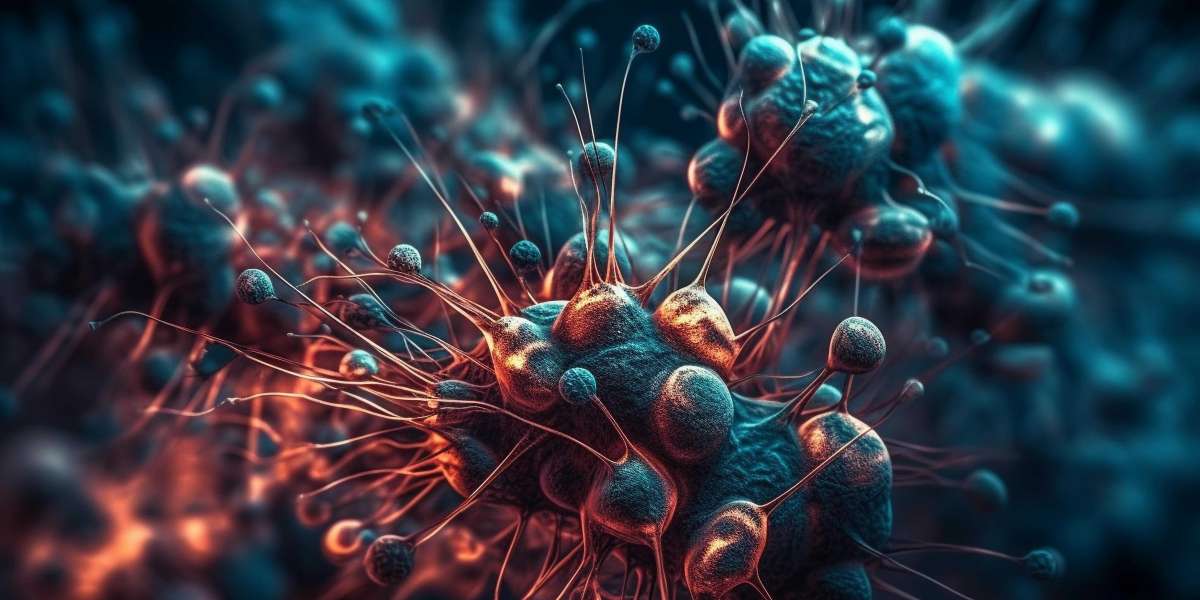Breast Cancer Awareness Month serves as an important reminder to understand the various forms of breast cancer and their implications. Among these, Triple-Negative Breast Cancer (TNBC) stands out due to its unique characteristics and treatment challenges. Here’s what you need to know about TNBC, including its causes, symptoms, and treatment options.
What is Triple-Negative Breast Cancer?
Triple-Negative Breast Cancer is a type of breast cancer that does not express three key receptors commonly found in other types of breast cancer: estrogen, progesterone, and HER2. This lack of receptors makes TNBC distinct and significantly impacts treatment strategies. It represents about 10-20% of all breast cancer cases and is known for its aggressive nature.
Triple Negative Breast Cancer Causes
The exact causes of Triple-Negative Breast Cancer remain unclear, but several factors are associated with an increased risk. Genetics play a crucial role, with mutations in genes such as BRCA1 and BRCA2 being linked to a higher likelihood of developing TNBC. Other risk factors include age, family history of breast cancer, and certain racial or ethnic backgrounds, with TNBC being more prevalent among African American and Hispanic women. However, having these risk factors does not guarantee the development of TNBC, and many individuals with this cancer type may not have any identifiable risk factors.
Triple Negative Breast Cancer Symptoms
Recognizing the symptoms of TNBC can lead to earlier diagnosis and more effective treatment. Common symptoms include a noticeable lump in the breast or underarm area, changes in breast size or shape, and alterations in the appearance or texture of the skin on the breast. Unlike some other forms of breast cancer, TNBC may not always present with obvious symptoms in its early stages, which can make early detection challenging. Regular screenings and self-exams are essential for monitoring any unusual changes in breast health.
TNBC Treatments
Triple-Negative Breast Cancer Treatment for more complex due to the lack of specific hormone receptors. Standard treatment typically involves a combination of surgery, chemotherapy, and radiation therapy. Unlike hormone receptor-positive breast cancers, TNBC does not respond to hormone therapy, so chemotherapy is often used to target and kill cancer cells. Recently, advancements in targeted therapies and immunotherapy are showing promise in treating TNBC, offering new hope for patients. Clinical trials are ongoing to explore the effectiveness of these emerging treatments and to identify more personalized treatment options.
Conclusion
Understanding Triple-Negative Breast Cancer is crucial for better management and treatment. During Breast Cancer Awareness Month, increasing awareness about TNBC helps educate individuals on its unique characteristics, symptoms, and treatment options. Staying informed and proactive about breast health can lead to early detection and improved outcomes for those affected by this challenging cancer type.
Trending Reports








